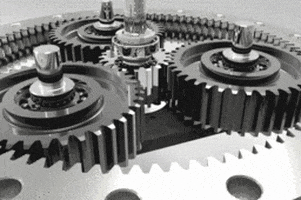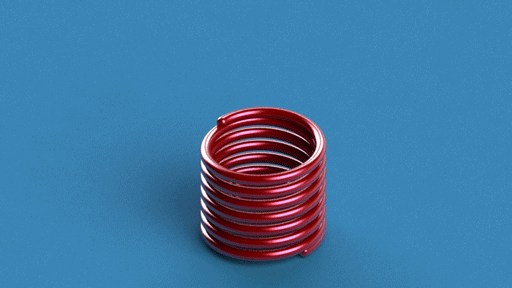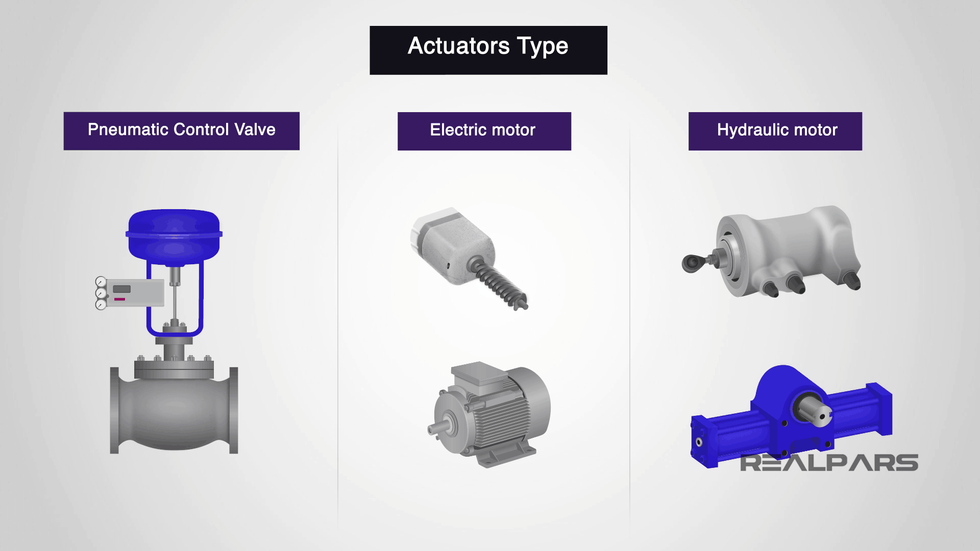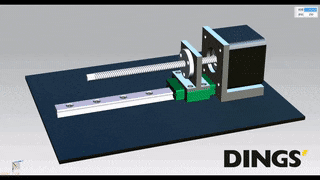Week 13
- Syafiq
- Jul 18, 2021
- 3 min read
Hello, Syafiq here. During this week, we were introduced to a few essential mechanisms. We also had to design the mechanism for a ping pong ball launcher.
For this week, we were first introduced to the operating principles. In short, the operating principles are the devices, apparatus and equipment designed based on working principles of the final product.
There are many working principles such as mechanical, electrical, chemical or magnetism. However, for this week we will be emphasising on Mechanism Principles. In order for the identified operating principle to work efficiently, mechanical movements are often required.
Mechanism Principles has two different definitions depending on the context. In chemistry, mechanism is the cornerstone of chemical processes that are responsible for an action, reaction or other natural phenomenon. However in engineering, it is something that transforms forces and movement into a desired set of output forces and movement.
6 Essential Mechanism Principles used in functional prototypes:
Actuators
Cams
Gears
Lever
Ratchets
Springs
Firstly, I will be elaborating on Actuators. They are used to convert stored energy into motion. The stored energy is usually in the form of compressed air, electrical potential, or liquid pressure. There are also 3 principal types which are pneumatic, electric and hydraulic shown respectively in the figure below.
Cams
Cams where it converts the rotation of a shaft into a simple/complex reciprocating linear motion. They can either be sliding or rotational pieces in a mechanical linkage.
An example can be shown below.

Gears
Gears are used to transmit torque and adjust rotational velocity. There are also many different types of gears such as spurs, helical, worm, planetary, bevel gears and more. They are primarily made of two components, radius and teeth.
Radius: The gear radius is defined differently depending on the particular section of the gear being discussed. The two most relevant measurements, however, are the root radius and the addendum radius. The root radius is the distance from the center of the gear to the base of the teeth while the addendum radius (also called the "pitch" radius) is the distance from the center of the gear to the outside of the teeth.
Teeth: The teeth are the portion of the gear that makes contact with another gear. In order for two gears to mesh together the pitch must be the same for all mating pairs. The pitch of a gear is the distance between equivalent points of adjacent teeth. When the teeth of gears mesh properly they prevent slipping and can exhibit efficiencies of up to 98%.An example is shown below.

Lever
Levers are used to gain a mechanical advantage, allowing a small input force to exert a much higher output force. Levers can also be used to take a small amount of movement and multiply it into a larger movement. The most common use of levers is to create a mechanical advantage in order to assist in an action, such as with crowbars, staplers, etc. An example is shown below.

Ratchets
Ratchets are mechanisms that limit either rotary or linear motion to only one direction. A ratchet is composed of three main parts: a gear (1), a pawl (2), and a mount (3).
The geometry of the gear is usually designed with a ramp on one side of the tooth leading to a sharp drop off which restricts motion of the pawl when the direction of the gear turn is reversed, preventing any further movement in that direction. An example of a ratchet is shown below.

Spring
Springs are mechanisms that can store and dissipate energy through a change in shape. The most common use for a spring is to return a mechanism to its starting position and/or to add cushioning. Examples of applications that use springs include firearms (triggers), mouse traps, trampolines and car suspensions. An example of a spring is shown below.

In-Class Group Assignment:
We had to design a Ping Pong ball launcher that is able to shoot and reload the balls. It should be able to hold 5 balls, and the mechanism of the launcher can be automated, semi or fully manual.
After much consideration, our group decided to make a fully automated Ping Pong ball launcher. We had our idea from the American Football launcher, but instead we use gravity to load and launch the ping pong balls.

Ping Pong ball Launcher Design
This ping pong ball operates by using Newton’s Third Law of motion which states that whenever 2 objects interact, they exert equal and opposite forces on each other. Our product mechanism uses 2 motors of opposing directions to propel the ball forward and launch the ping pong balls.
The 2 motors are powered by a battery and connected to a switch allowing the launcher to be turned on/off.
The balls are stored and loaded from the back of the kitchen towel roll, as each ball is launched, the subsequent ball will roll down towards the rotor via gravity and the process repeats.

Done by:
Syafiq Bin Baharun






Comments